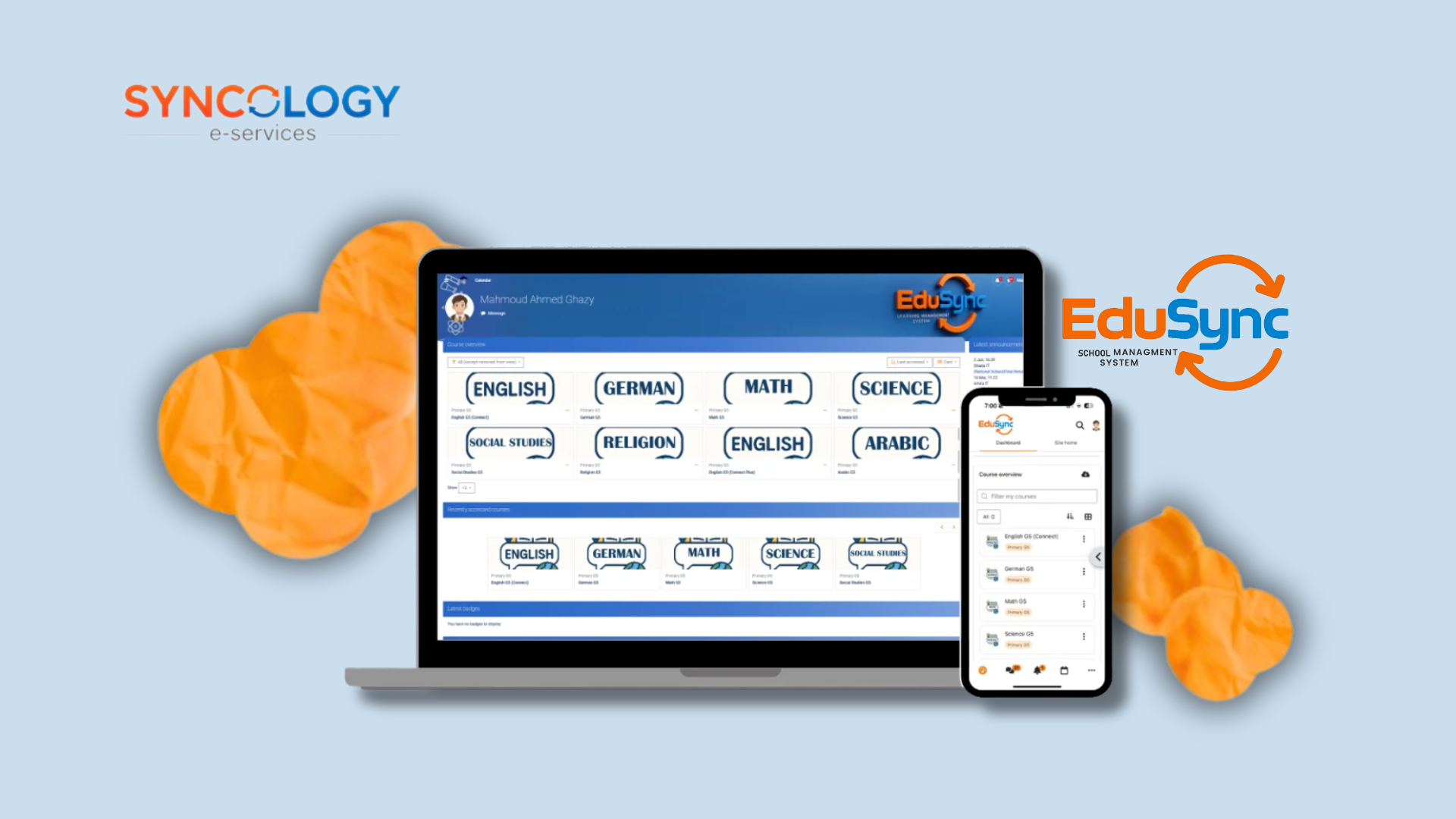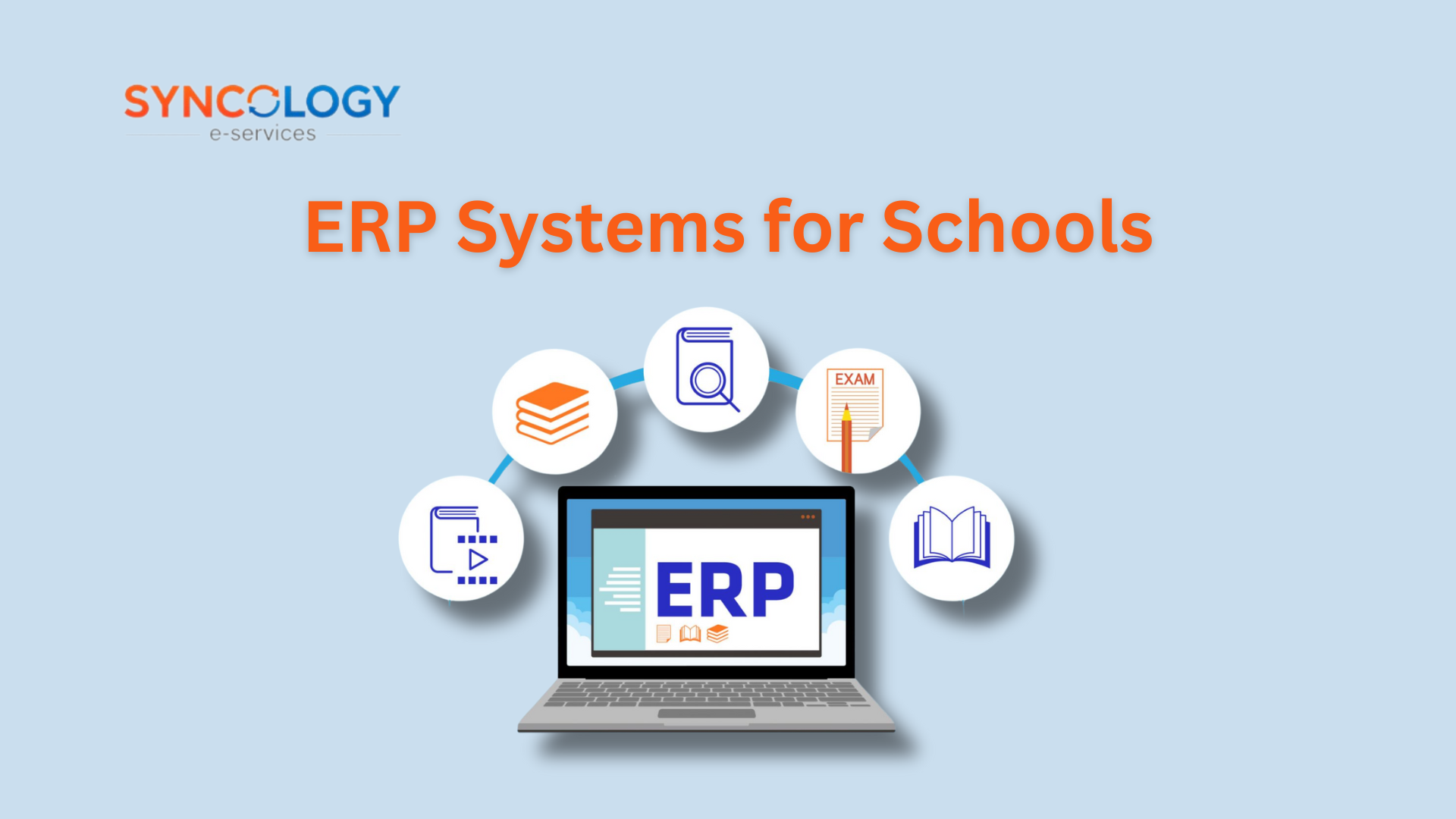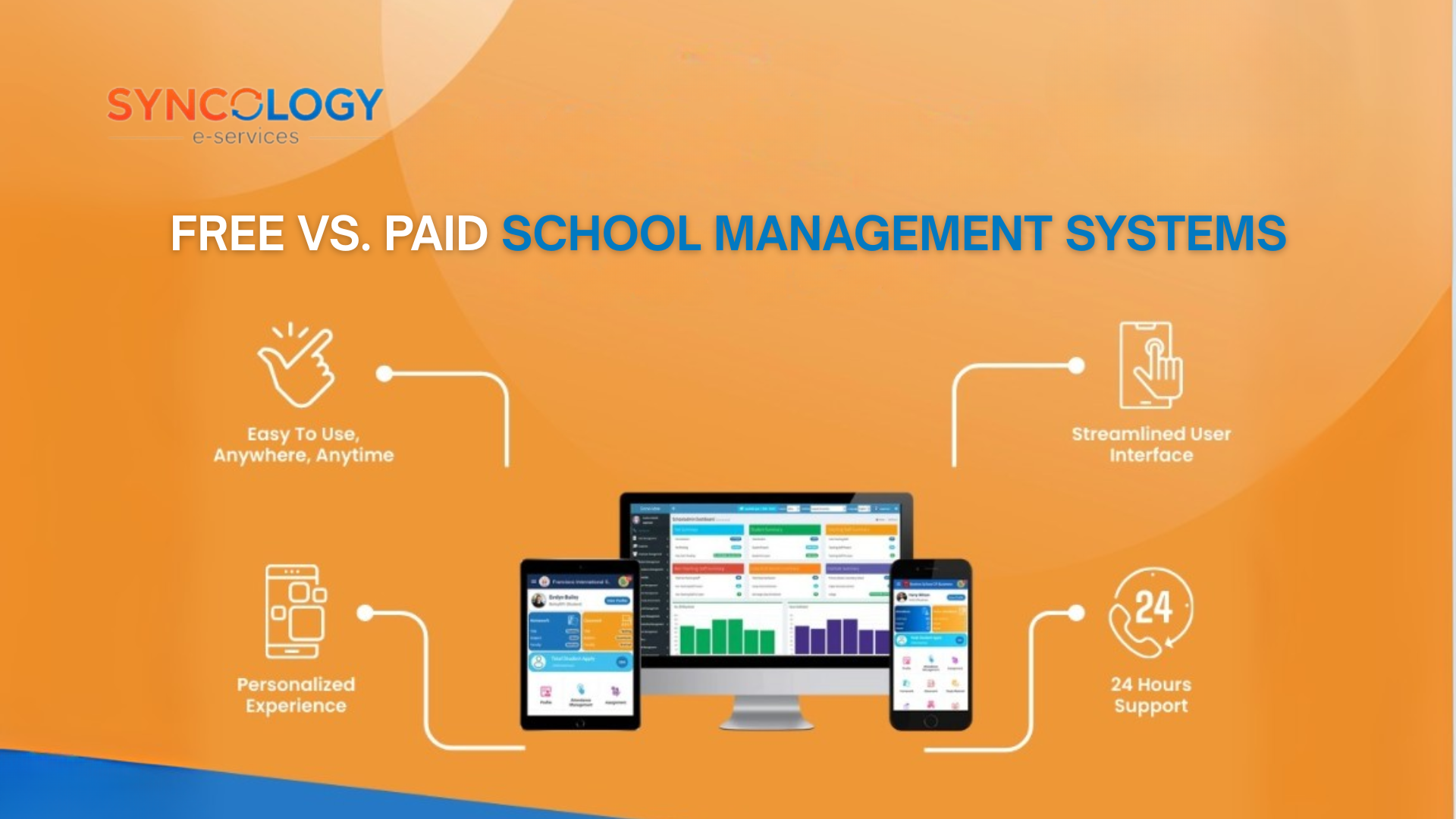
Free vs Paid School Management Systems: What to choose?
Free vs Paid School Management Systems has become one of the most common questions for school owners, administrators, and IT managers in 2025.
With digital learning, ERP integrations, and paperless workflows now the norm, every school is under pressure to modernize. But the big decision remains: should you rely on a free system, or invest in a paid School Management System (SMS)?
In this blog, we’ll explore what an SMS is, compare free and paid solutions, highlight their features, and help you make the right choice for your school.
What is a School Management System (SMS)?
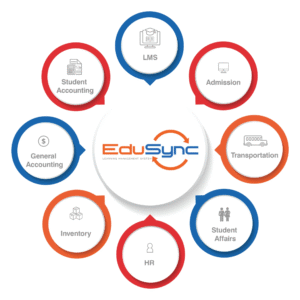
A School Management System (SMS), also known as School ERP or Student Information System, is software that centralizes and automates all school operations. Instead of juggling spreadsheets, paper files, and separate tools for attendance, grades, or fees, schools can manage everything from one place.
You can read more about it, and its key functions in this blog: [What is a School Management System]
Features Found in Free vs Paid School Management Systems:
While both free vs paid School Management Systems aim to streamline school operations, their features differ in depth, reliability, and usability.
Shared features in Free vs paid School Management Systems:
- Student profiles and attendance management.
- Examination modules and report generation.
- Basic fee invoicing and payment tracking.
- Teacher-parent communication portals.
- Timetable scheduling and notices.
- Basic reports and analytics.
Paid-only advanced features:
- Multi-branch management for school groups.
- Automated payroll and HR workflows.
- Cloud-based access and data backups.
- Advanced security with role-based access control.
- Seamless integration with LMS.
- Mobile applications for parents, teachers, and administrators.
- Real-time dashboards for decision-making.
- Dedicated vendor support and training.
This difference is crucial. Free systems may provide the essentials, but they rarely scale smoothly as schools grow. Paid systems, on the other hand, are designed to support schools in handling large student bodies, multiple branches, and compliance with data security laws.
Free School Management Systems: Pros and Cons
What “Free School Management System” Usually Means?
When schools talk about a free SMS, it usually falls into one of three categories:
- Open-source, self-hosted platforms.
- Freemium or free-tier cloud solutions with limited features or user caps.
- Community editions of larger paid platforms.
Advantages of Free School Management System:
No licensing fees: Schools save money upfront, making it attractive for those on a tight budget.
Customizable code: Open-source solutions let IT teams modify features to match local needs.
No per-student costs: Some free systems allow unlimited users, which helps schools with large student bodies.
Great for pilots: Schools can test workflows or digital readiness without committing to large investments.
Disadvantages of Free School Management System:
Hidden costs: Hosting, maintenance, updates, and security patches fall on the school’s IT team, often costing more in the long run.
Limited support: Free systems rely on online communities for help, with no guaranteed response times.
Scalability issues: As the school grows, free systems may struggle with performance, integrations, and feature gaps.
Security risks: Without professional security updates and audits, data breaches are more likely.
Time-consuming setup: IT staff must handle installation, backups, and troubleshooting.
👉 Best fit for: Small schools, NGOs, or institutions with strong in-house IT teams that can handle customization and ongoing management.
Paid School Management Systems: Pros and Cons
What “Paid School Management System” Usually Means?
Paid SMS platforms are usually cloud-hosted (SaaS) or licensed enterprise systems (ERP) with professional vendor support. Schools pay a subscription or licensing fee in exchange for full-featured software, regular updates, and guaranteed service levels.
Advantages of Paid School Management System:
End-to-end support: Vendors handle installation, onboarding, training, and ongoing maintenance.
Advanced functionality: Multi-branch management, HR/payroll automation, LMS integrations, and advanced analytics.
High security: Regular security updates, encryption, and compliance with regulations.
Scalability: Handles growth in students, staff, and branches without slowing down.
Cloud-first design: Data is backed up, accessible remotely, and available across devices.
Better user experience: Paid systems often have intuitive dashboards and polished mobile apps for teachers and parents.
Predictable costs: Subscriptions include updates and support, making financial planning easier.
Disadvantages of a Paid School Management System:
Ongoing costs: Subscriptions or licenses can feel expensive, especially for small schools.
Vendor lock-in: Migrating to another platform can be time-consuming.
Less customization: Code-level changes are limited compared to open-source systems.
👉 Best fit for: medium to large schools, multi-branch networks, and institutions that prioritize security, integrations, and long-term growth.
Free vs Paid School Management Systems: Which Should You Choose?
There’s no one-size-fits-all answer, but the reality is:
If your school is small, has simple needs, and you have a capable IT team, a free SMS can work, but only with a plan for hosting, backups, and security.
If your school wants guaranteed uptime, data security, integrations with ERP or LMS, mobile apps, and vendor-backed support, paid SMS is the better choice.
Think of it this way: Free systems save money upfront but may cost more later in time, pose security risks, and have limited growth. Paid systems cost more upfront but deliver long-term stability, scalability, and efficiency.
Why EduSync SMS Is the Smarter Option?
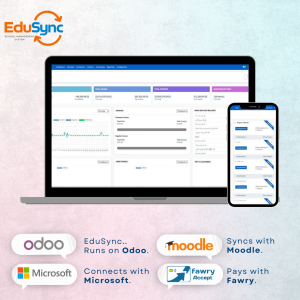
At Syncology, we designed EduSync SMS “School Management System” to provide everything schools expect from a modern School Management System:
- All-in-one functionality: Admissions, finance, HR, payroll, transport, inventory, student progress — all integrated.
- Cloud-based & scalable: Supports schools of all sizes, including multi-branch networks.
- Seamless integrations: Connects with ERP, LMS, and payment gateways.
- Security-first: Role-based access, encryption, and vendor-managed updates.
- Mobile-first experience: Dedicated apps for parents, students, and staff.
- Vendor support: Training, onboarding, and SLA-backed service.
- Proven reliability: 11+ years of expertise, with 70+ schools already benefiting from EduSync.
EduSync SMS is a complete school management system that ensures your digital transformation is smooth, secure, and future-ready.
Conclusion…..
The Free vs Paid School Management Systems debate often comes down to one question: what do you value more, upfront savings or long-term efficiency and security?
Free SMS platforms can work in certain cases, but they come with hidden costs, technical complexity, and growth limitations. Paid SMS solutions provide a stable, scalable, and secure foundation for schools that want to future-proof their operations.
In 2025 and beyond, schools that adopt integrated, paid School Management Systems won’t just streamline administration — they’ll create smarter classrooms, build trust with parents, and stay ahead in a digital-first education world.
👉 Ready to see how EduSync SMS can transform your school management?
[Request a Free Demo Today]


